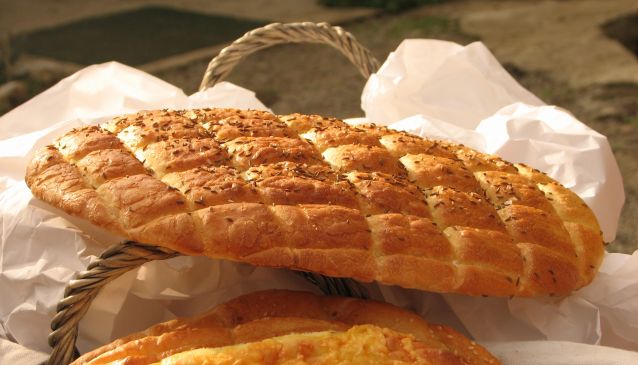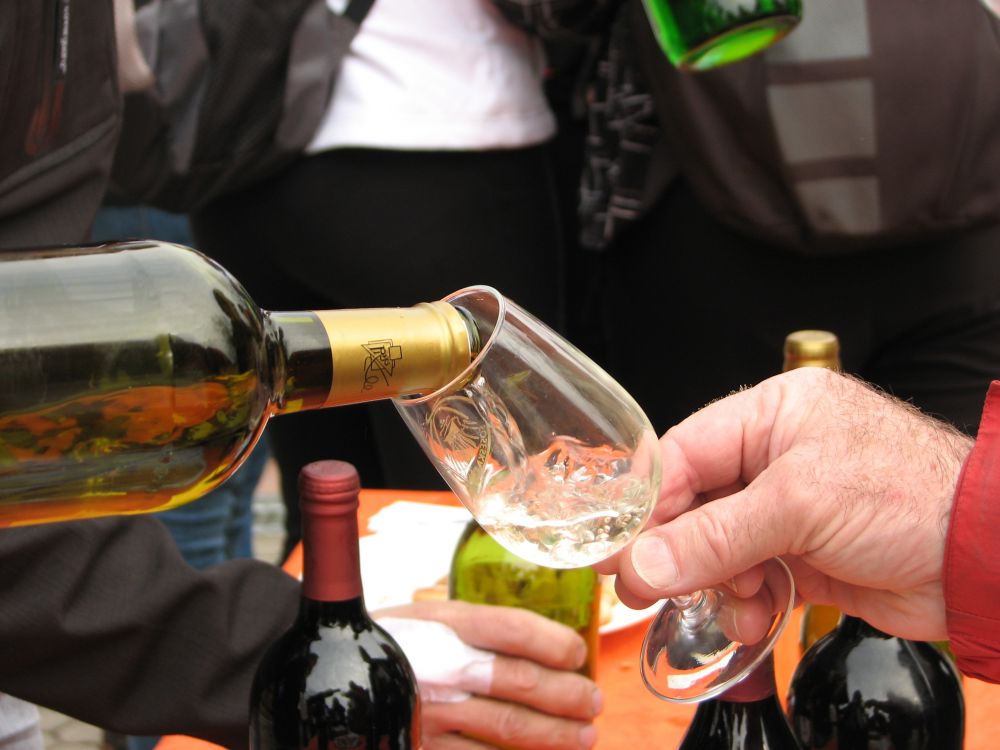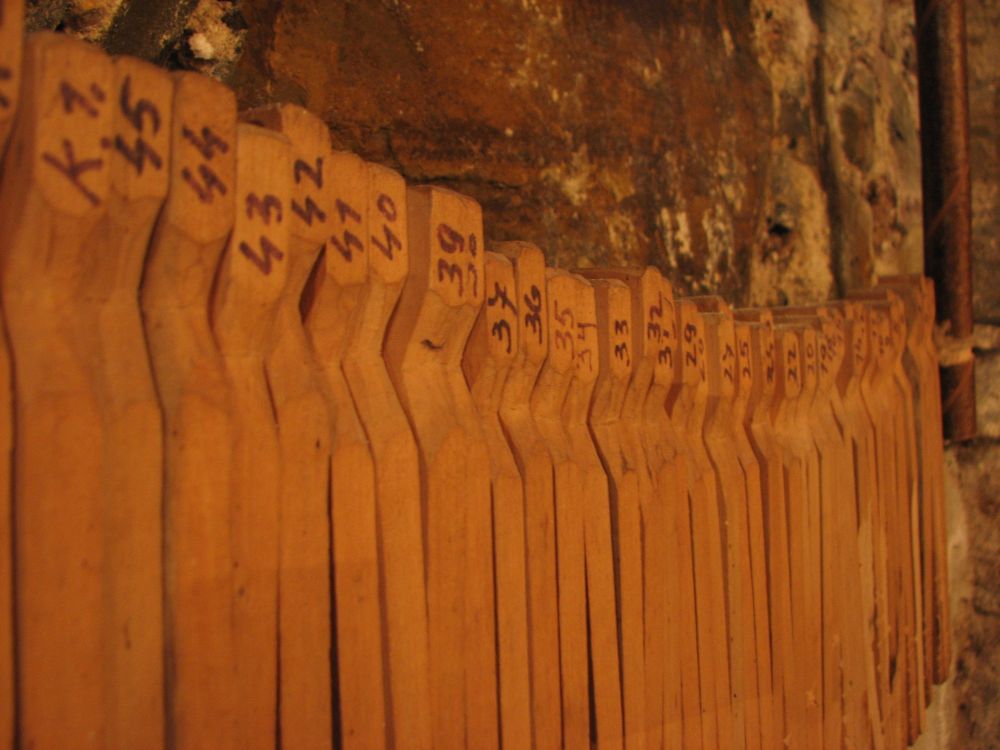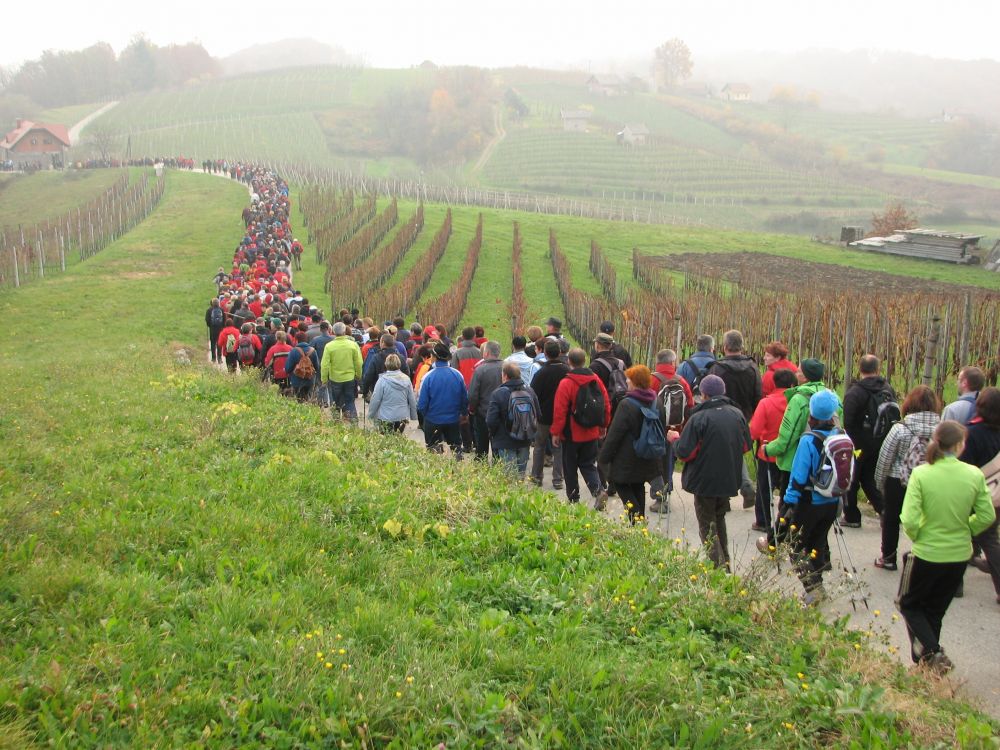Have you ever heard of a wine bank? In a small Slovenian town the locals pay deposits, take withdraws and secure loans using not money, but wine!

Drašici village is something special in the Slovenian countryside. It lies in Bela krajina on the South-East part of Slovenia. What makes this village so special is a community wine cellar where the wine is collected from everyone in the municipality. These cellars supposedly existed already in 17th century.
All members can borrow wine from the common barrel but first they need to pay a membership fee of 15 litres of wine every year. It is very common that the members gather in these cellars, drink wine and mark their consumption on the wooden bars called “rovaš”.
The integration of villagers is very strong. The controller or “šekutor”/”cekmešter” checks the so-called „rovaš“ or wooden sticks, with engraved house numbers and a figure which is showing how many litres of wine a member drank during the year. Each house has its own stick which is made of hazel, chestnut or oak wood – they are rounded at the corners and nicely shaped on all four sides.

Drašici Wine Cellar; Credits: Vesna Veliscek
„Rovaš“ sticks were prepared by „šekutor“ – the controller. He drilled a hole across the upper part of the stick and pulled a string or a clematis stem through it. He then attached both ends of the string to a hazel bow and hung it on the wall. The house number was usually written in Roman numerals above the hole whereas the wine debts were engraved into the other end of the stick. The must had to be brought by the debtors immediately after harvesting, which took place on the last Sunday in October, when must was still sweet. It was collected by two „šekutors“.
The common barrel used to be filled with both white and black must and when the debtors returned the same amount of wine they drank, the debt was cut from the wooden stick – “rovaš”. In the case of a bad harvest, farmers could pay their debts the next year and if a member drank more than 15 litres of wine, he had to fill the common barrel with a 50 % interest.
We can say that community wine cellar is like a wine bank. In the past women were allowed to enter the community wine cellar only once a year and that was on St. Florian's Day. For that occasion, the men brought out false „rovaš“ to hide from the women how much wine they had actually drunk.

„Rovaš“ sticks; Credits: Vesna Veliscek
Each year the community members elected two „šekutors“/“cekmešters“ who were responsible for taking care of the community wine cellar and it was only them who had the keys. They were taking care of the wine, lending it and engraving amounts of the debt. Most of the wine was consumed during mowing, harvesting, threshing and on Sunday afternoons.
The community wine was sometimes also sold to non-members, wine merchants and innkeepers. Once a year – on White Sunday – a community meeting was held and it took place in the house of the oldest šekutor in Drašici. On this day an annual settlement was made, new members were accepted, the membership fee set, major repairs were discussed, a new šekutor elected and so forth. The elections were followed by wine tasting and a feast. The main task of šekutors was to lend and collect wine and to take care of the village progress. Being a šekutor was only an honourable job and was not paid.
Every year in November there is a 12 kilometres hike, “Po poteh soseske zidanice” organized. Before the hike, each person pays the entrance fee and gets a wine glass and a meal voucher. On the way there are 8 stops. At every stop we can taste excellent wines from the region of Bela krajina and flat cakes called pogaca. People here as well in other parts of Slovenia are very hospitable and nice. Indeed, here, like everywhere in the country, the essence of Slovenia is in its people. Even though the country is small each region has its own customs, dialects and traditions, which need to be preserved. And this is what makes us special and unique in the world.
Explore more of Slovenia – connect with us on Facebook!
The article was written and the photos were taken by Vesna Velišcek.

Po poteh soseske zidanice hike; Credits: Vesna Veliscek